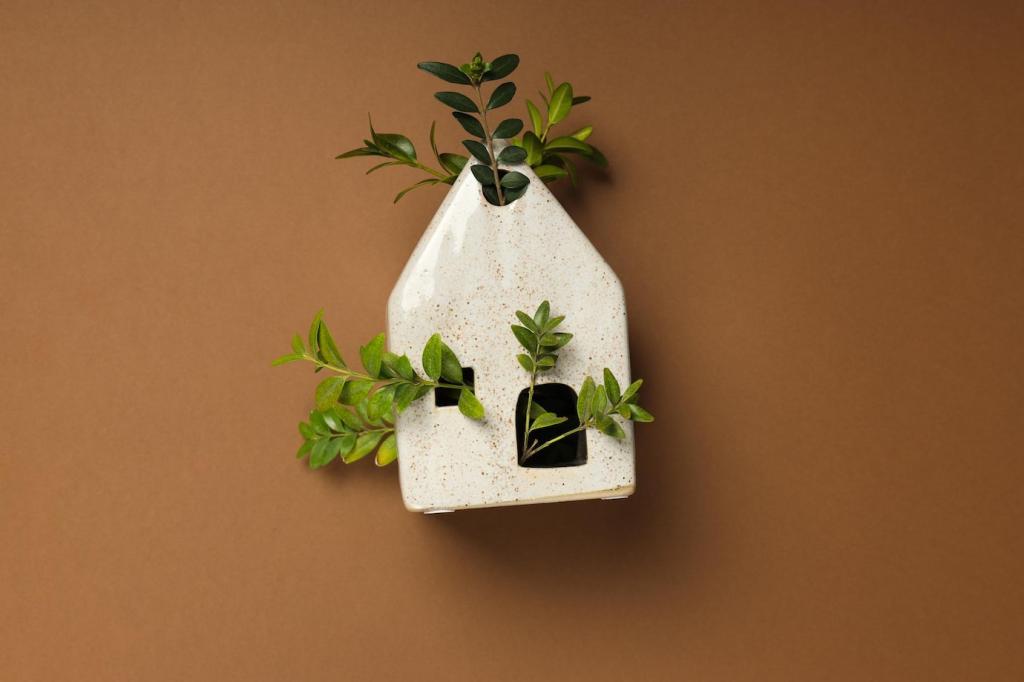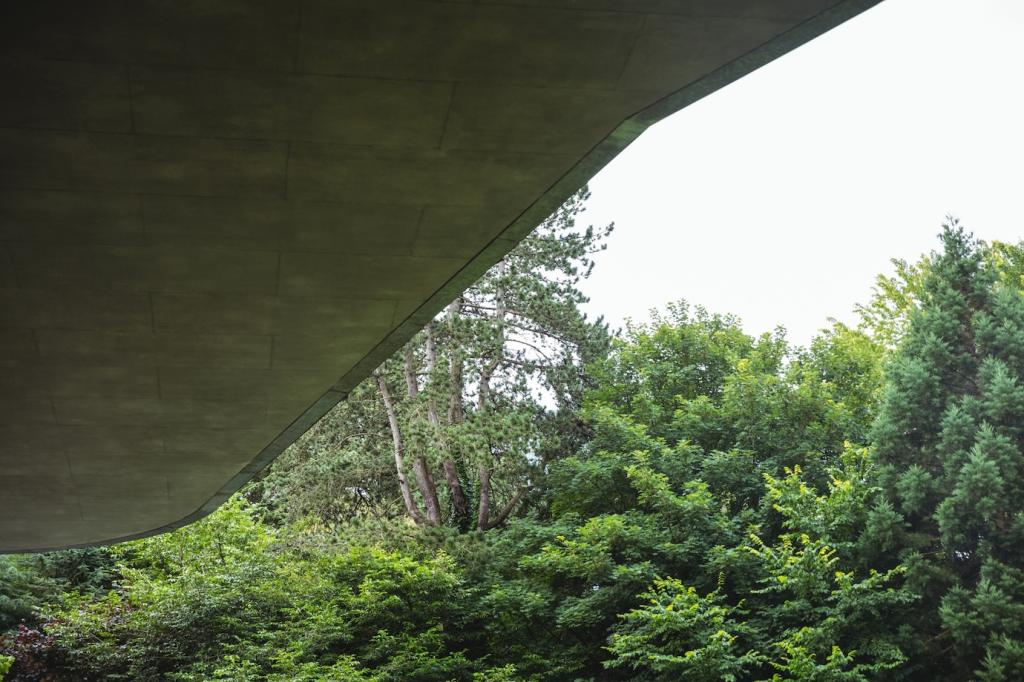Gentle Cleaning and Non-Toxic Stripping
Begin with diluted castile soap, distilled water, and soft brushes to lift grime. Light, targeted steam can soften wax build-up without flooding wood. Work slowly, test discreetly, and keep the irreplaceable glow of age intact wherever possible.
Gentle Cleaning and Non-Toxic Stripping
For stubborn coatings, try d‑limonene citrus gels or soy-based strippers with extended dwell times. Use plastic scrapers and card scrapers to reduce gouging, and neutralize carefully. Share your dwell-time discoveries and scraping tricks with fellow readers below.




